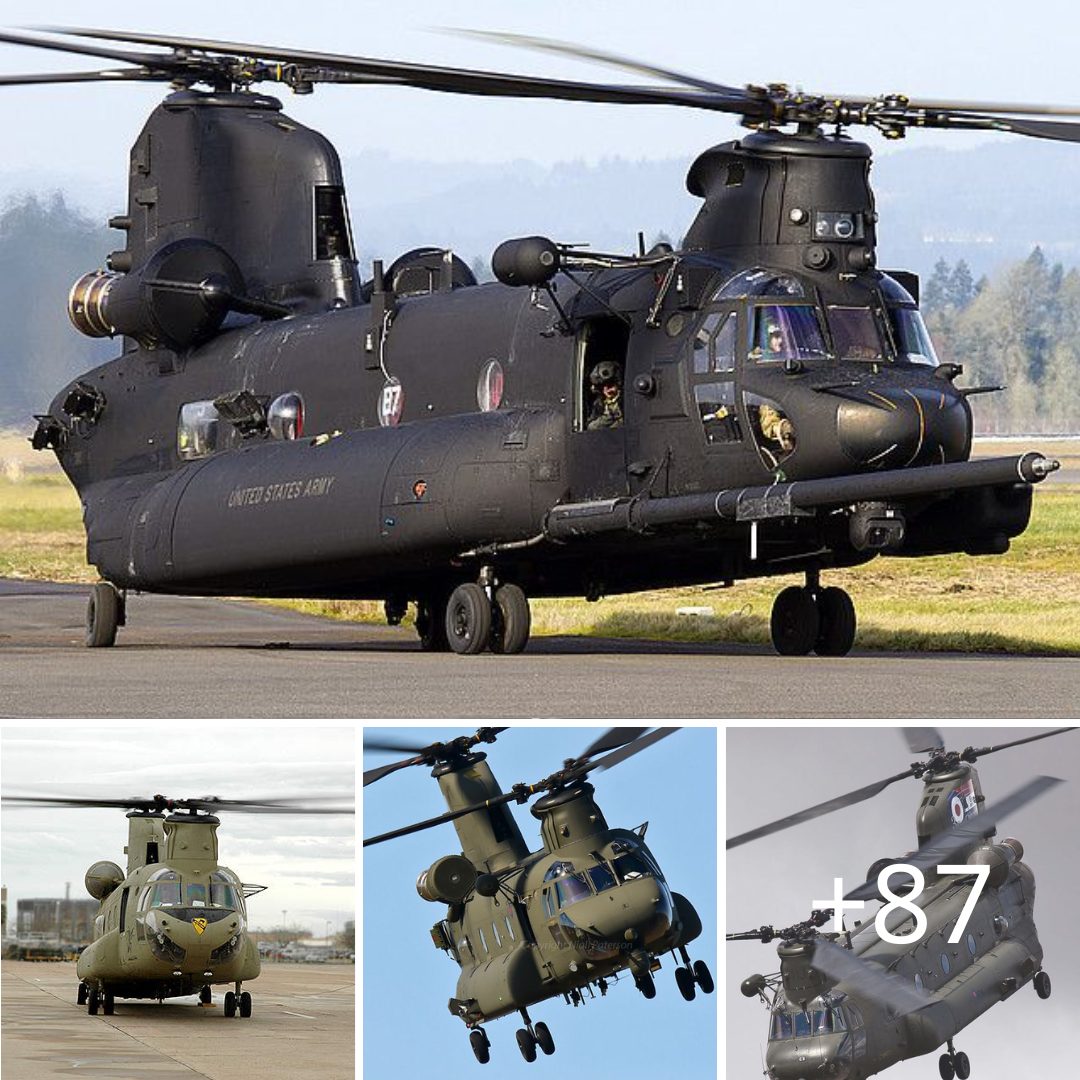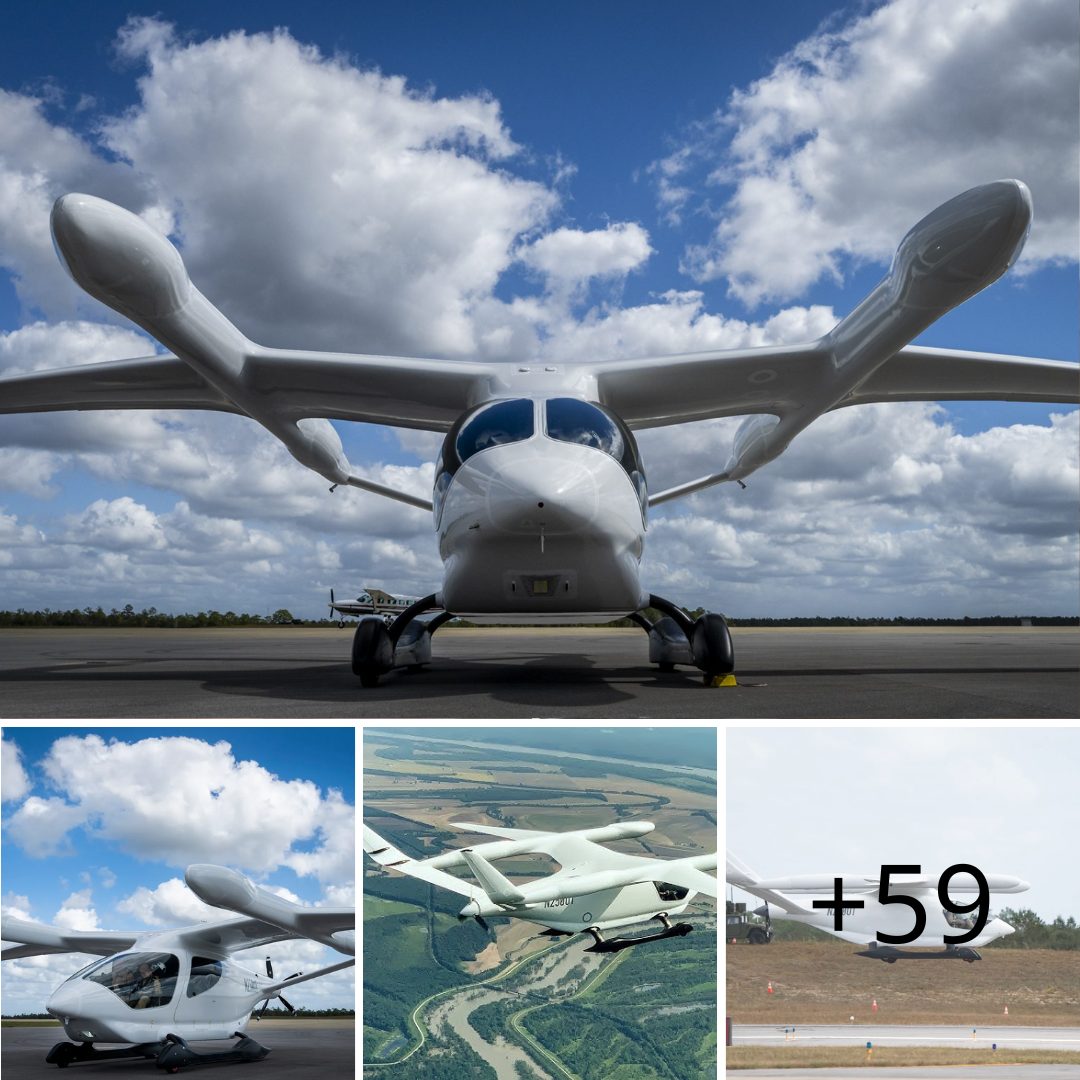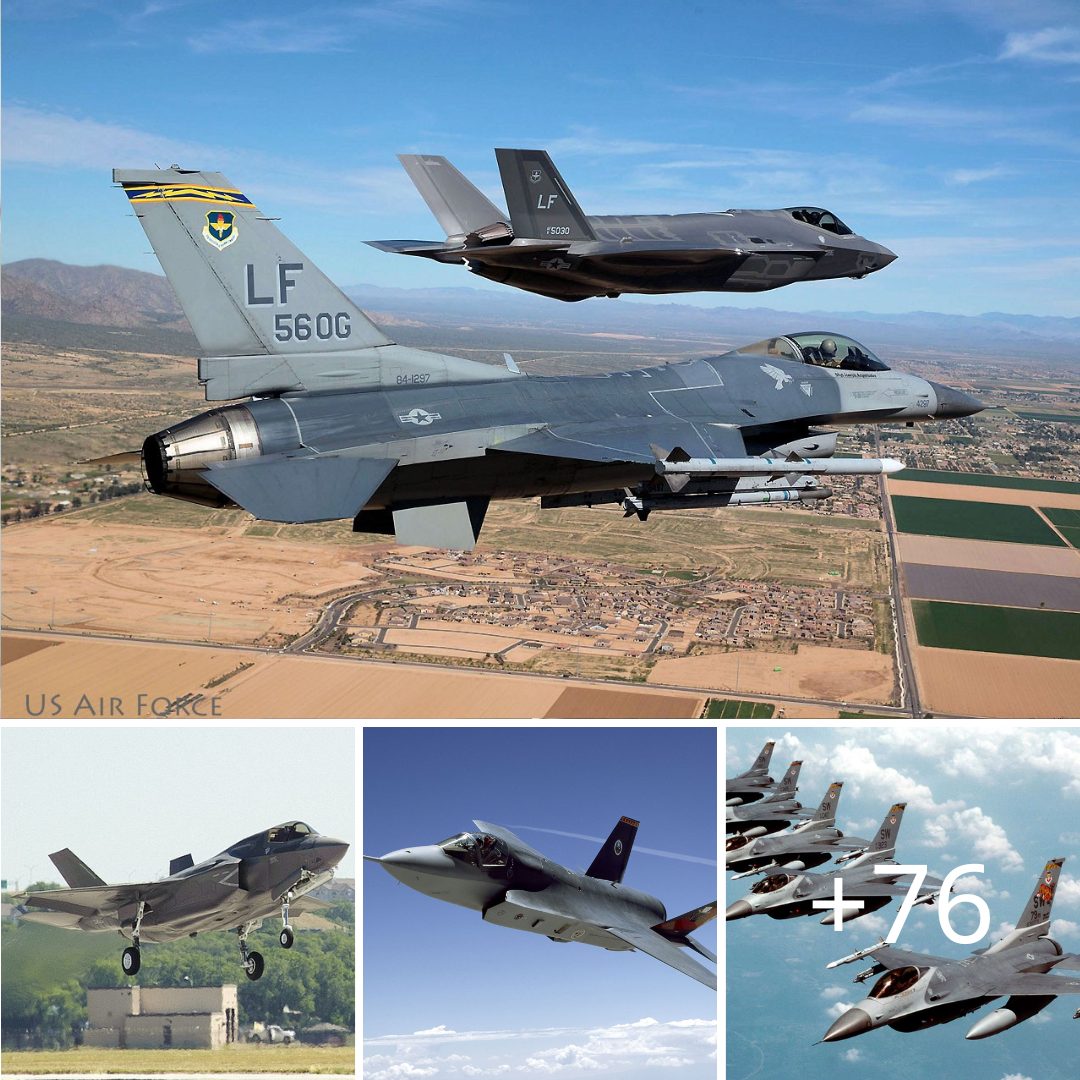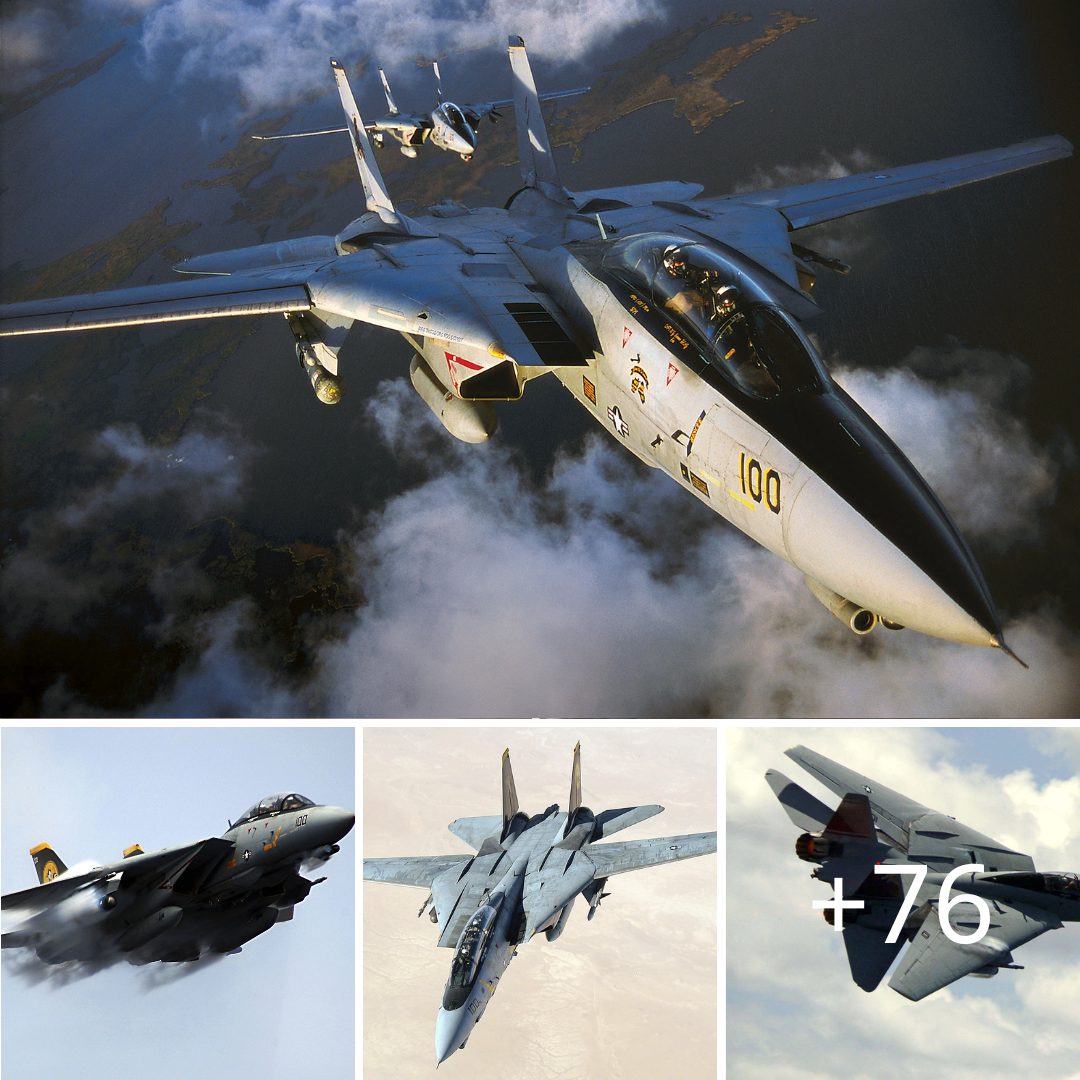Saab 37 Viggen (JA-37) is a previous generation light fighter of JAS-39, the aircraft also has a canard wing structure and a pair of large delta wings.
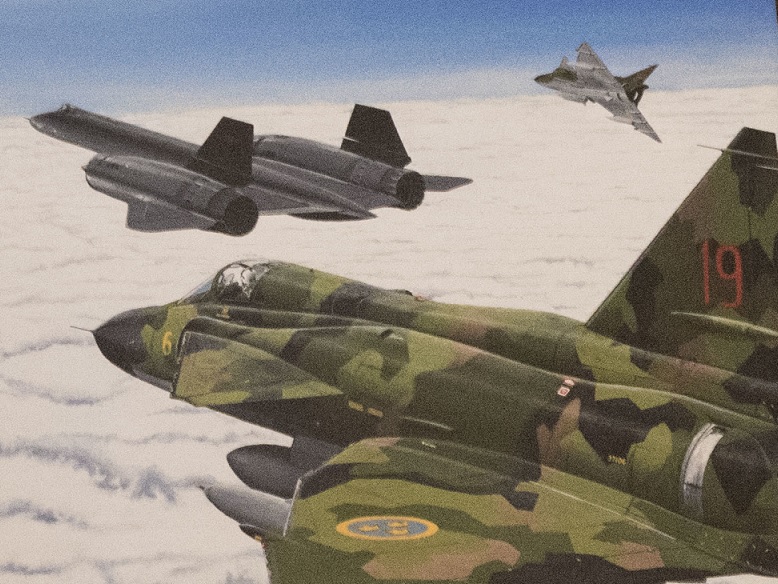
The Swedish Air Force often uses domestic aircraft manufactured by Saab, in partnership with Saab, a few other domestic firms like Volvo, Erricson. Saab aircraft, can be said to be the pinnacle of the Swedish defense industry. Although the fighter jets produced by Swedish Saab Company cannot match the reputation of Russian, American, or French, they are still rated as unique and advanced designs. Each generation of Saab’s fighter jets is only produced for a few hundred units and exported to a very small number of countries around the world.
During the Cold War, Sweden developed a multitude of advanced aircraft. Swedish aircraft served not only in the Swedish Air Force, but also in the Austrian, Danish, and Finnish Air Forces. One of the most advanced designs in its time was the Saab 37 Viggen aircraft. The jet was unique, its delta-canard configuration was cutting-edge, and its ability to operate in austere conditions made it quite independent compared to most other western fighters of the era. The Saab’s unique engine choice not only resulted in its stout appearance, and also gave it unique performance characteristics, especially when it came to short field operations.
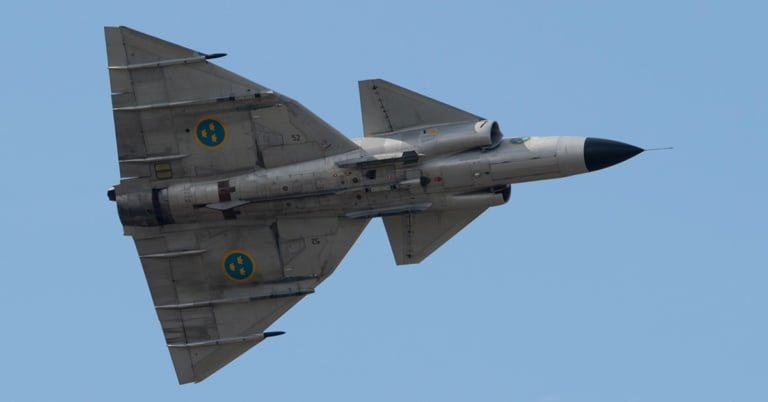
Saab 37 Viggen
Development work on the type was initiated at Saab in 1952 and, following the selection of a radical delta wing configuration, the resulting aircraft performed its first flight on 8 February 1967 and entered service in 21 June 1971. It was the first canard design produced in quantity. The Viggen was also the most advanced fighter jet in Europe until the introduction of the Panavia Tornado into operational service in 1981. The basic platform was the AJ-37 strike fighter, to be followed by SF-37 aerial reconnaissance versions and the all-weather fighter-interceptor JA-37. In November 2005, the Viggen was retired from service by the Swedish Air Force, the only operator, having been replaced by the newer Saab JAS 39 Gripen.
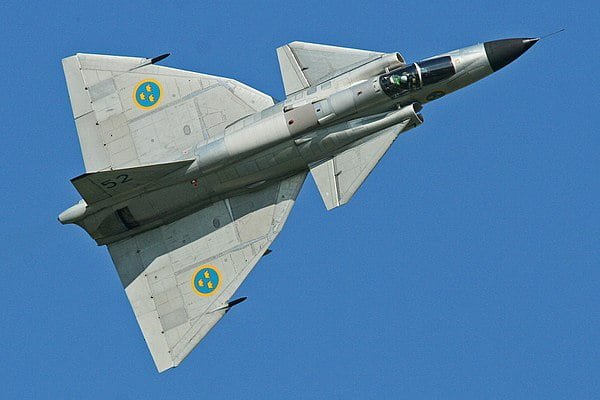
Saab 37 Viggen
Stemming from the short take-off and landing and other performance requirements, the aircraft’s design had a new and advanced aerodynamic configuration. Given the specific defence conditions of Sweden, the aircraft was required to be easily maintained and serviced by airmen with little training, within a time of 10 minutes. A fixed foreplane with flaps was mounted ahead of and slightly above the delta main wing. The main wings are low-mounted, delta-shaped, extending from the body midsection to the exhaust. Small, clipped delta wings are forward of the main wings and high-mounted on the body.
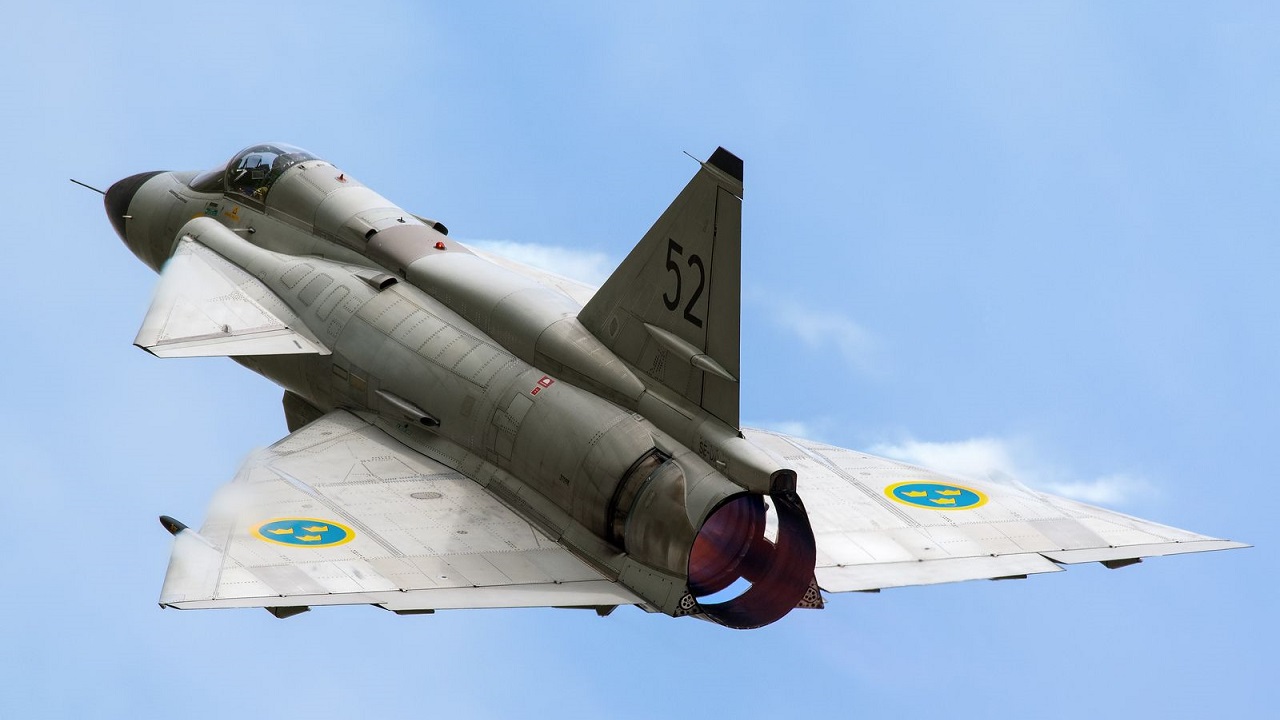
The structure was built with aluminium with a honeycomb structure, with the rear being totally of aluminium, allowing the Viggen to withstand the stress of no-flare landings. It has a “hump” on the dorsal area to reduce drag. There is one turbofan engine in the body. There are semicircular air intakes just forward and below the secondary wings. There is a large, single exhaust. The fuselage is short and wide with a pointed, solid nose. There is a bubble canopy and a small belly fin. There are no tail flats. There is a large, unequally tapered fin with a small, clipped tip. An interesting feature of the tail is that it can be folded, so to enhance the storage in underground or smaller hangars. The main landing gear, manufactured by Motala Verkstad, each leg held two small wheels fitted with anti-skid brakes placed in a tandem arrangement.
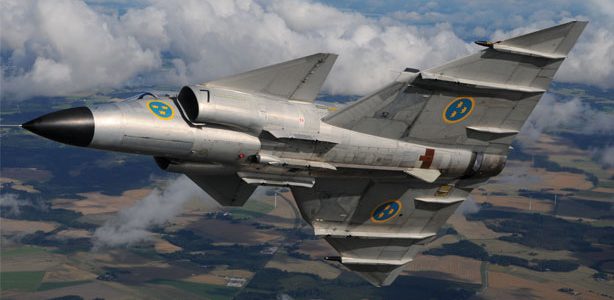
Saab 37 Viggen
During development, Saab had opted to power the type using a single large turbofan engine. Originally, the British Rolls-Royce Medway engine had been selected to power the Viggen, but eventually Saab chose to adopt a licence-production version of the American Pratt & Whitney JT8D engine, the Volvo RM8B, instead. The RM8B was heavily redesigned, blasted out an incredible 28,100lb of thrust in afterburner and 16,200lb of dry thrust without. With this powerful engine, Saab’s aircraft can accommodate flight at Mach-2.1 maximum speed, operating range 2,000km, Service ceiling at 18,000m, Rate of climb 203m/s.
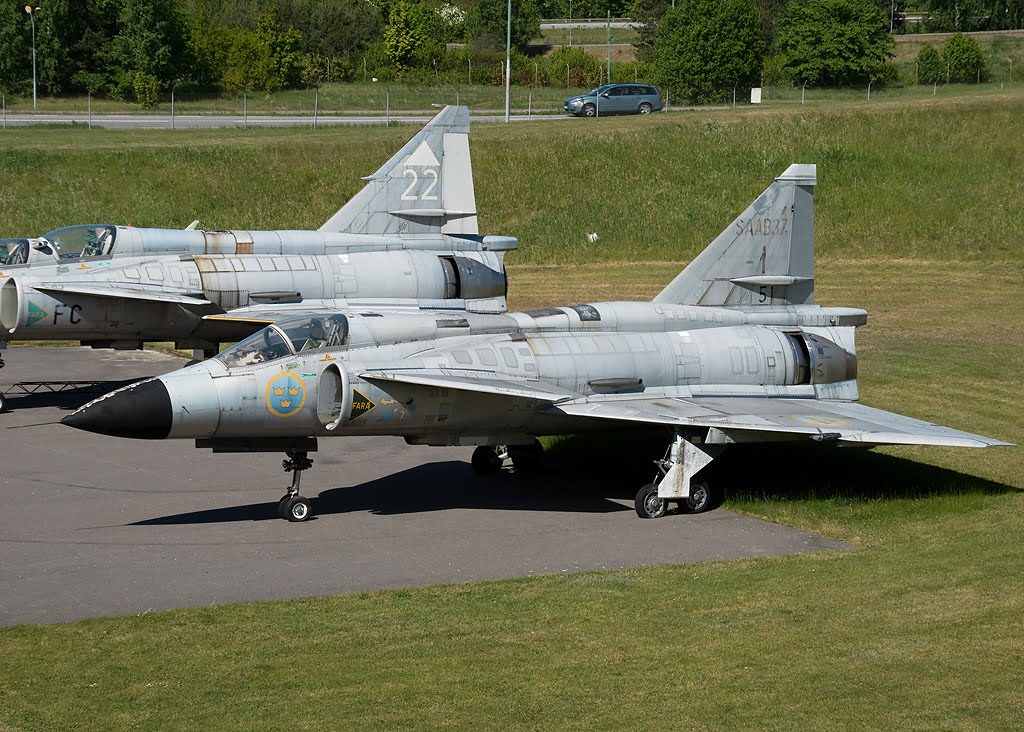
Saab 37 Viggen
Earlier version of the Viggen did not have an internal cannon, as it was considered by the days a close-range combat was not necessary, an approach that also affected other designs, such as the American Phantom F4. The mistake of the basic version had now been remedied by building a 30mm Oerlikon cannon in the fuselage. A weapons load of up to 7,000 kg could be accommodated on nine hardpoints: one centreline pylon, two fuselage pylons, two inner and two outer wing pylons and two pylons behind the wing landing gear. The centreline pylon was the only pylon plumbed for carrying an external fuel tank, and was usually so occupied. A pair of air-to-air missiles were intended to be placed on the outboard wing pylons, which were more lightweight than the other attachment points. The pylons behind the landing gear were not used until the JA 37D modification when BOL countermeasure dispensers were fitted to them.

The Saab packed pretty exciting technology for its time, including a heads-up display, digital mission computer, anti-skid braking system and an electronic flight control system, the first of its kind in a production aircraft. Above all else the Viggen was built to be reliable and easy to maintain without the dense infrastructure needed by comparable fighters.
The avionics supported many different bombing modes for the general purpose bombs. Toss bombing, dive bombing, high and low drag methods all are programmed in, giving the pilot lots of flexibility when it came to bomb employment. On a typical attack run, the Viggen would move to its target fast and low. The powerful engine gave it the capability to go supersonic at low levels. At a low altitude, the AJ 37 Viggen was one of the fastest aircraft in the world.
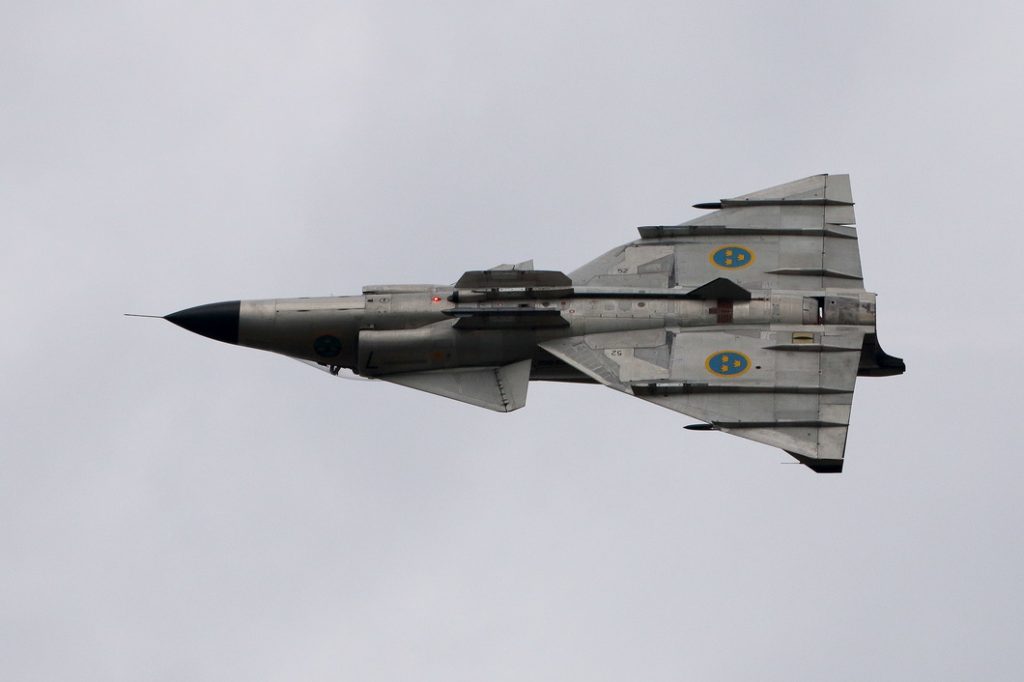
Saab 37 Viggen
329 Viggens were built, and the aircraft served from 1970 to 2005 in a variety of roles and configurations. While the plane never achieved export success like the JAS39 Gripen that followed, it will long be remembered for prowling low and fast over Swedish countryside, and above all else, for its dramatic short field takeoffs and landings.By the mid-1980s, Swedish Viggen fighter pilots, using the predictable patterns of Lockheed SR-71 Blackbird routine flights over the Baltic Sea, had managed to achieve radar lock-on with radar on the SR-71 on numerous occasions. Despite heavy jamming from the SR-71, target illumination was maintained by feeding target location from ground-based radars to the fire-control computer in the Viggen. The most common site for the lock-on to occur was the thin stretch of international airspace between Öland and Gotland that the SR-71 used on the return flight. The Viggen is the only aircraft to get an acknowledged radar lock on the SR-71.

